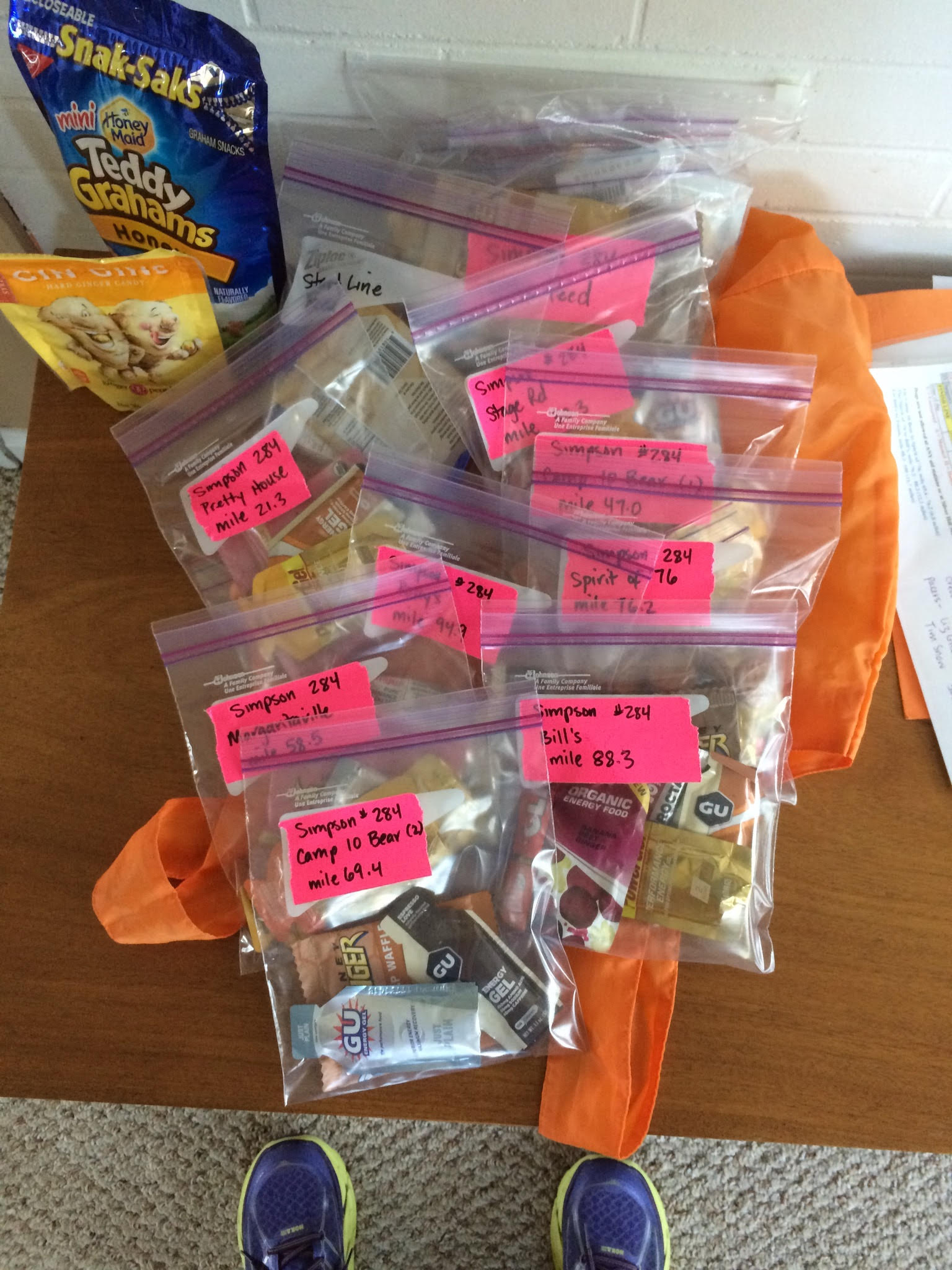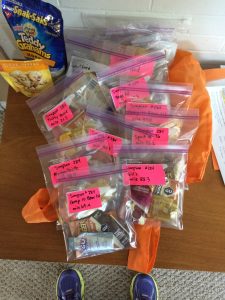Packing for Vermont 100: What do you really need?
Lindsay Simpson, Trail and Ultrarunning Coach The Run Formula
As the big date creeps closer, now is the time to start that race execution plan, do any last-minute gear shopping, and pack. With aid stations located not much than 5 miles apart, you can be relatively conservative about what to carry, and what to leave in your drop bags. Whether you’re running solo or getting help from crew and pacers, pre-race organizing is essential. This process is prime mental preparation and helps focus some of that squirrely taper energy.
As a reminder, as per the runner handbook; “drop bags must be rugged, securely closed soft containers, clearly marked with the runner’s bib # and the aid station number where the runner wants them delivered”. It’s a good idea to waterproof your bag, with a simple plastic bag lining, to protect again rain. Here is a list of essentials broken into a few categories to help get organized:
Wear at the start:
Headlamp (fully charged or with fresh batteries)
Lightweight hat or visor
Digital sport watch
Race vest or handheld bottle(s)
Arm sleeves for warmth and cooling
Bandana for ice
Sunscreen and insect repellant
Carry in your race vest, pack or pockets:
Fluid and fuel for first 21 miles (Pretty House aid station)
BASE salt (This is provided at athlete check in)
Toilet paper
Batteries for headlamp
Leave in a waterproofed drop bag, best option is Camp Ten Bear (miles 47 & 69):
Change of socks and/or shoes if you plan to switch
Jacket and/or long sleeve shirt for cooler night
Lubricant to treat chafing or blisters
Sunscreen & insect repellant
Back up headlamp
Post-race good feels:
Slides, flip flops or crocs
Damp towel to clean up (there are no showers at the race venue)
Change of dry clothes

If you’re being supported by crew or pacers, we recommend holding a pre-race meeting with those awesome folks to discuss each of the below points. Be sure to print the runner handbook and crew directions before traveling to the race. Cell and GPS service is very poor in this area. No really… it’s BAD.
a) Review the pace and aid station times you anticipate hitting. It’s helpful to download this aid station list and add columns for 2-3 projected finish times and key aid stations arrival times.
b) Name the items you anticipate wanting from your crew, e.g. foods, clothes, blister care, etc…
c) Make back up plans for when challenges arise; because they will happen. Consider how you’ll manage weather impacts such as heat or rain, plus back-up plans for fueling and hydration.
d) Discuss how you want to be supported psychologically. Are you someone who wants positive encouragement or tough talk? Does it help to be reminded of your “why”? Do you like jokes, stories, songs, or games to focus your mind when the physical effort gets tough?
There are always going to be unanticipated challenges when you run an ultramarathon. Your best success strategy is a positive, flexible, problem-solving mind-set. When you pack this attitude you’re sure to have a great experience!
Example of how to pack aid station supplies for crew to give the runner.
Example of drop bags. PC https://www.tahoerunco.com/2016/08/ultramarathon-drop-bags/
Brought to you by




